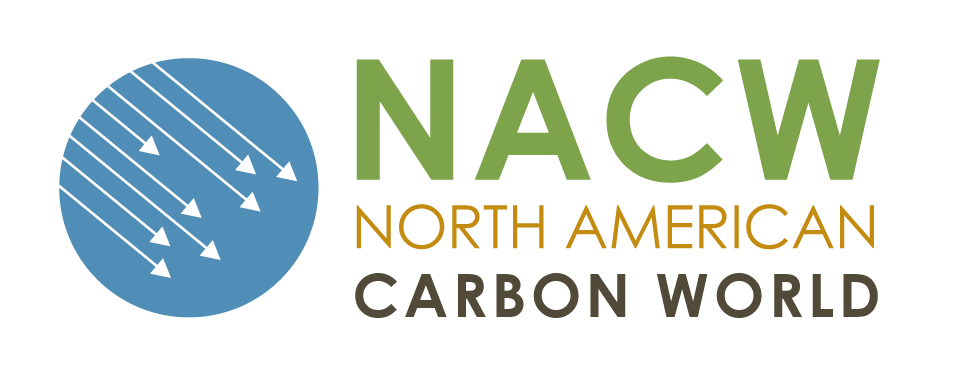Two new offset project protocols renew awareness of ozone protection and create possibility for significant boost in carbon market volume
LOS ANGELES, CA – The Climate Action Reserve, the premier offset registry for the North American carbon market, adopted two new offset project standards that could lead to millions of metric tons of greenhouse gas (GHG) emissions reductions. Targeting the destruction of Ozone Depleting Substances (ODS), the U.S. ODS Project Protocol and the Article 5 ODS Project Protocol provide financial incentive for destruction of ODS in the U.S. and developing countries. Because ODS can be thousands of times more powerful than carbon dioxide (CO2) at trapping heat in the atmosphere, ODS offset projects may produce hundreds of thousands – or even millions – of offset credits.
“The ODS protocols are significant developments because they are the first protocols to provide co-benefits that protect both the ozone layer and the climate system. And because of the potency of ODS as greenhouse gases, projects developed under these protocols will provide substantial environmental benefits while generating offset credits to the carbon market. I applaud the work of everyone who was involved in the development of these landmark protocols,” said Linda Adams, Chair of the Climate Action Reserve Board of Directors and Secretary of the California Environmental Protection Agency.
ODS are used in a variety of applications, and as their name suggests, they have tremendously harmful effects on the ozone layer. They also are potent GHGs; some are more than 10,000 times more effective than CO2 at trapping heat in the atmosphere. While the ODS included in the protocols are no longer actively produced, their continuing presence in refrigeration equipment and insulation foams represent enormous potential for GHG emissions. Both the U.S. ODS Project Protocol and the Article 5 ODS Project Protocol address the destruction of ODS as the means of preventing emissions. The U.S. ODS protocol includes refrigerants and foam blowing agents sourced from the U.S. The Article 5 ODS protocol includes refrigerants from “Article 5” countries, which are developing countries as defined under the United Nation’s Montreal Protocol.
“By eliminating the risk for ozone depleting substances to create GHG emissions, we are taking a tremendous stride in protecting our environment. The Climate Action Reserve’s two ODS project protocols establish strong and comprehensive standards for addressing the destruction of ODS. Bringing together financial incentives created by the carbon market with the environmental benefits that ODS offset projects will produce creates a win-win situation for both developed and developing countries,” said Viraj Vithoontien of the Environment Department at The World Bank.
Whether ODS originates from the U.S. or an Article 5 country, the substances are required to be destroyed in the U.S. or its territories, where destruction practices are closely regulated. If destruction of a substance is already required under the Montreal Protocol or U.S. law or it has not been phased out of production in the country of origin, it is not eligible for inclusion under the ODS protocols. Projects that qualify under the ODS protocols will be issued offset credits, Climate Reserve Tonnes (CRTs), for the quantity of ODS that would otherwise have been released over a 10-year period had they not been destroyed.
“The new Protocols will immediately mobilize projects and new investment, and will help leverage financing from voluntary and ultimately compliance GHG markets domestically and worldwide. EOS Climate looks forward to permanently preventing GHG emissions by implementing projects developed according to these new Protocols,” said Jeff Cohen, VP Science & Policy at EOS Climate Inc. EOS had originally submitted the concept for the ODS protocols to the Reserve. “From the start, we believed the Reserve would provide the most transparent, verifiable, and comprehensive framework ensuring the integrity of greenhouse gas reductions.”
The Climate Action Reserve is a U.S. private nonprofit organization representing international interests in addressing climate change and bringing together participants from the government, environment and business sectors. It works to ensure environmental benefit, integrity and transparency in greenhouse gas (GHG) emissions accounting and reduction and progressive movement in GHG emissions policy nationally and in the Western U.S. The Climate Action Reserve is parent to three programs, the California Climate Action Registry, Climate Action Reserve and Center for Climate Action. As the subsequent organization of the California Climate Action Registry, the Climate Action Reserve continues building on the California Registry’s reputation as a respected and internationally recognized leader in climate change issues. For additional information, please visit www.climateactionreserve.org.





Comments are closed here.